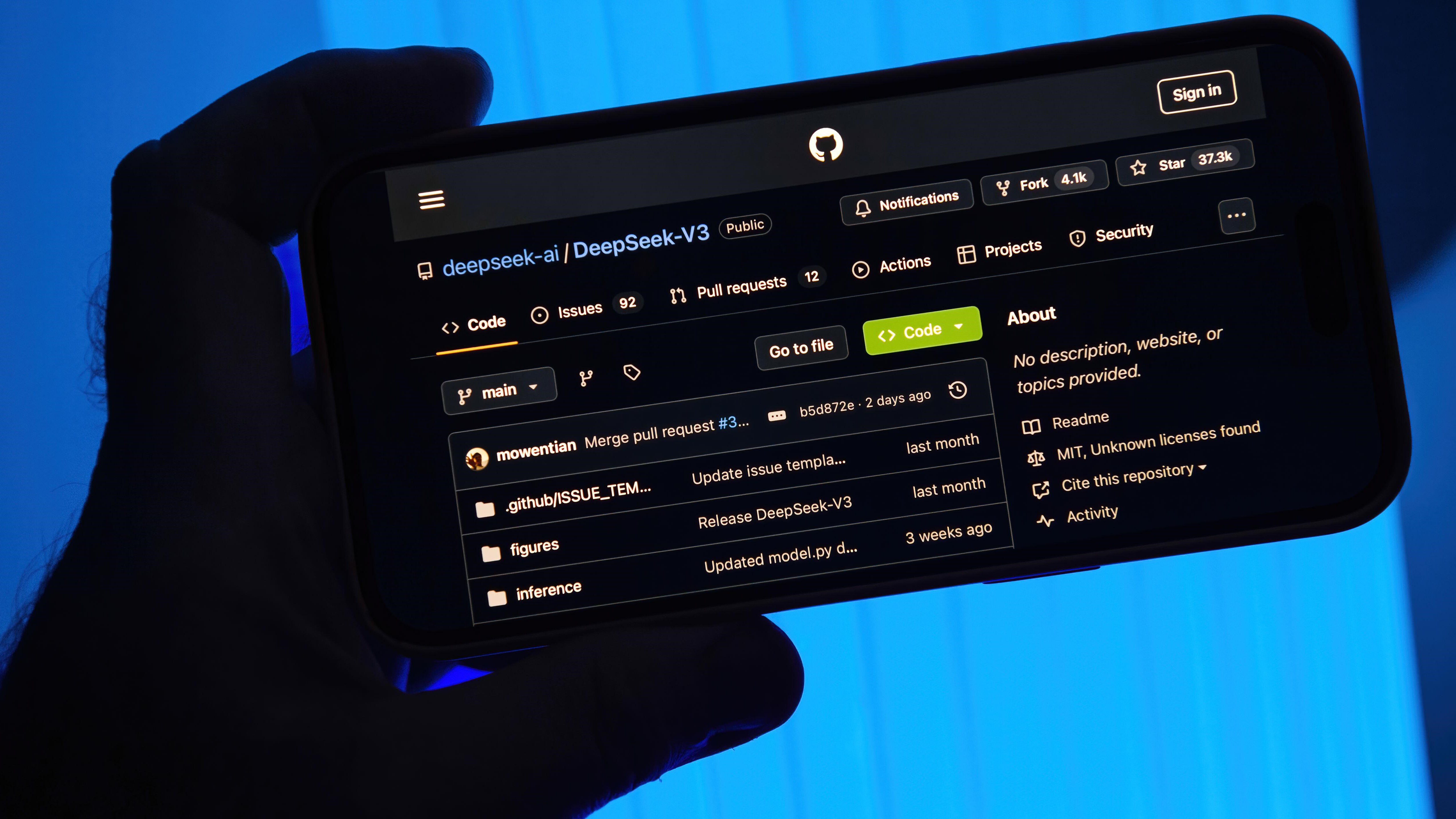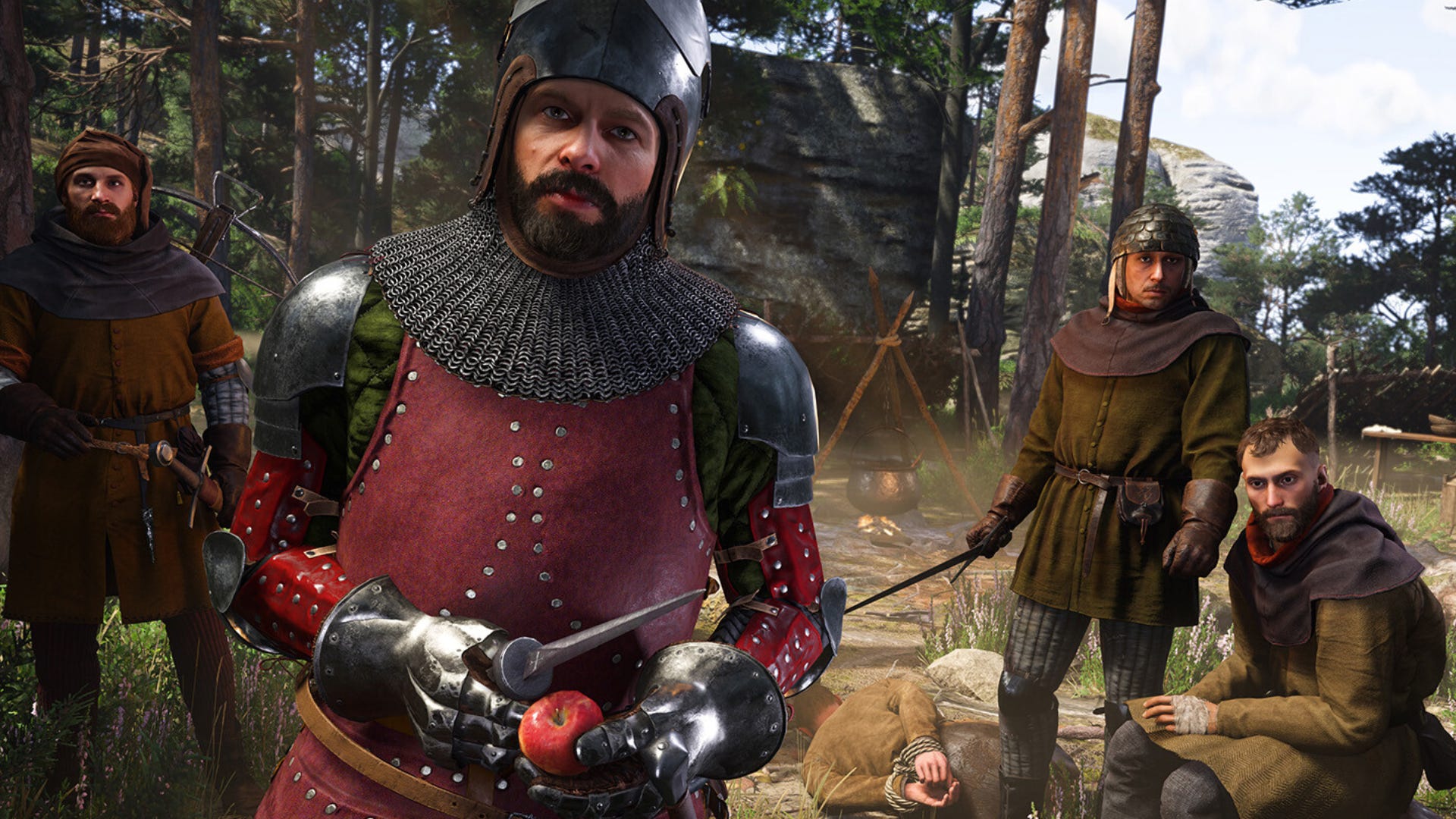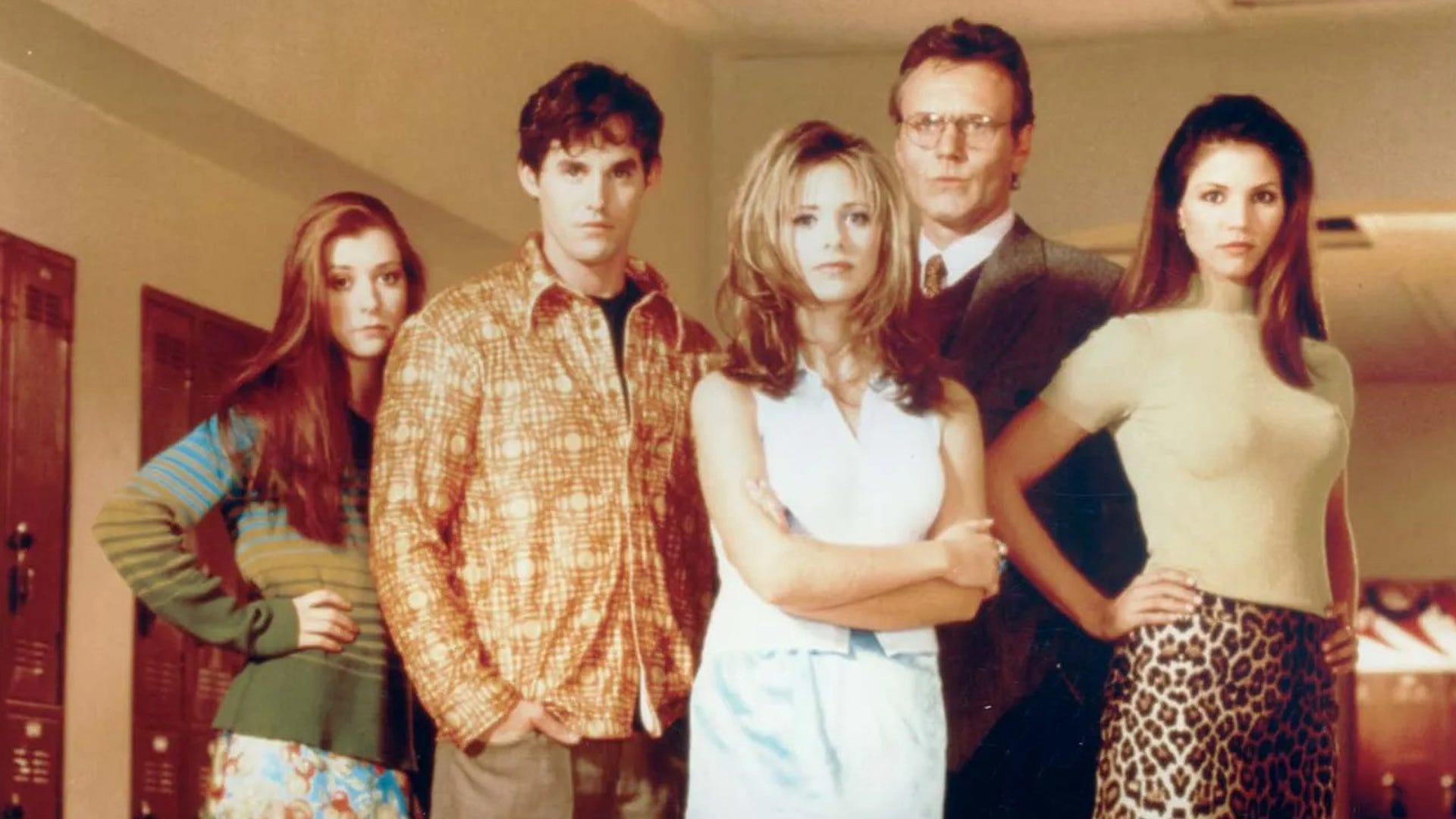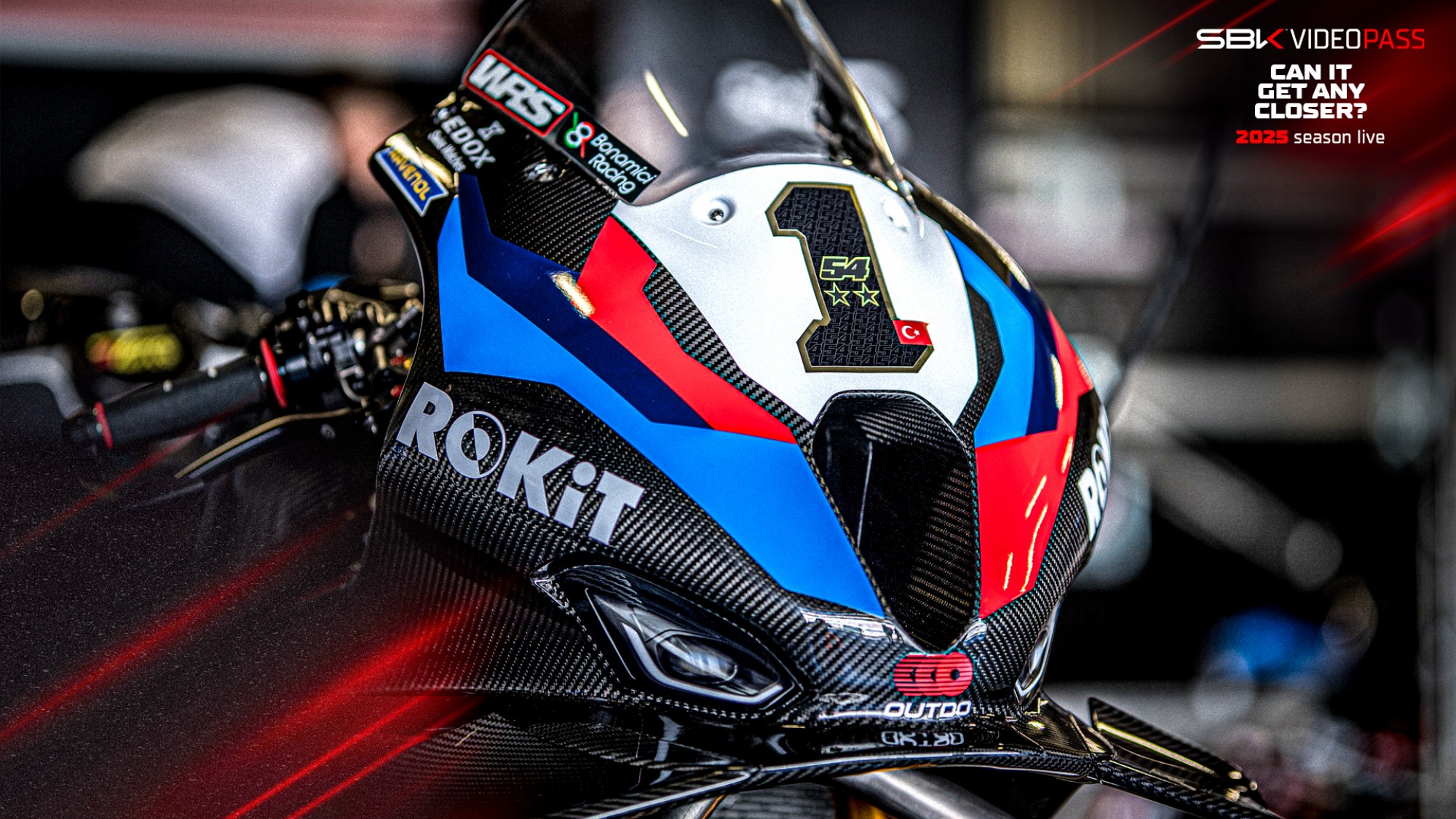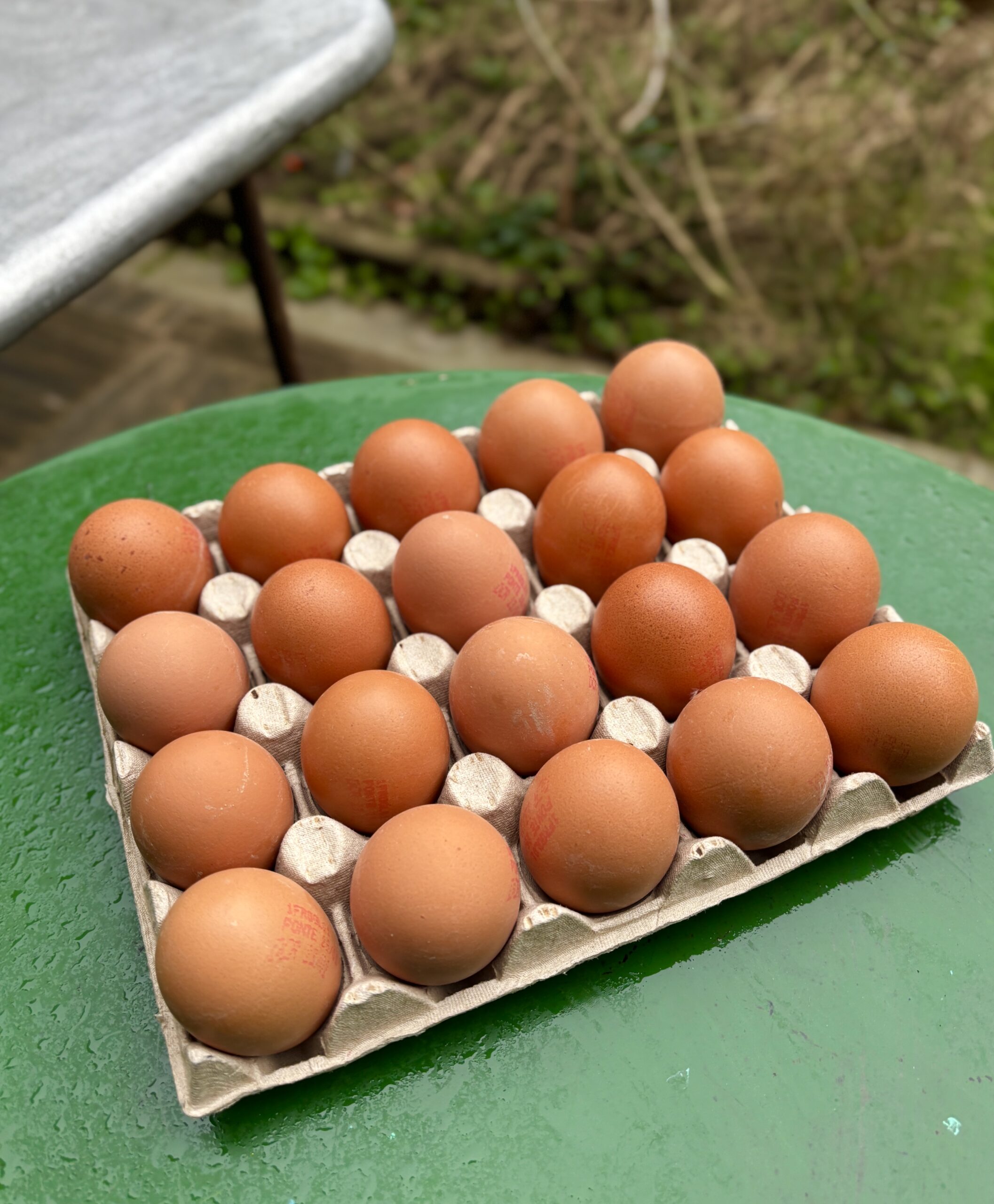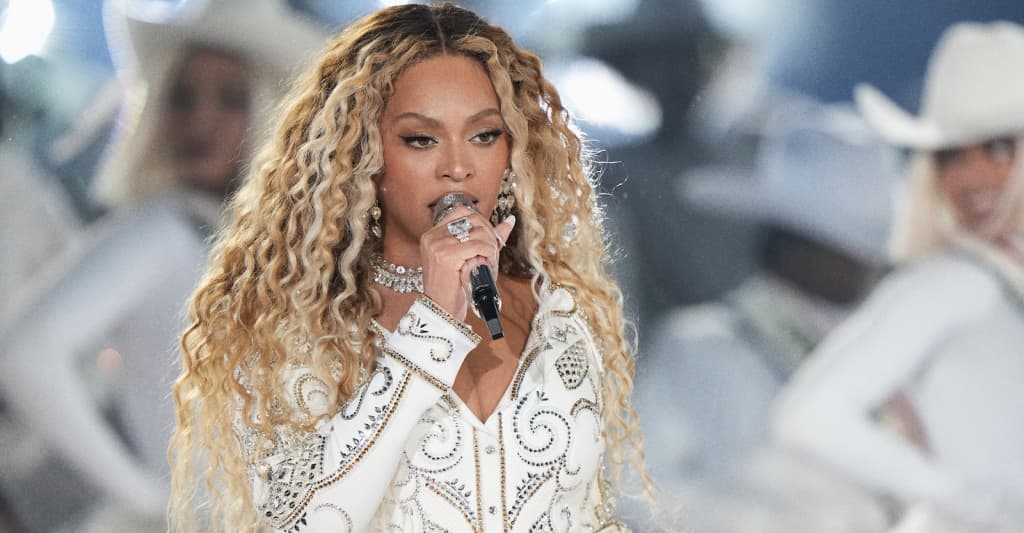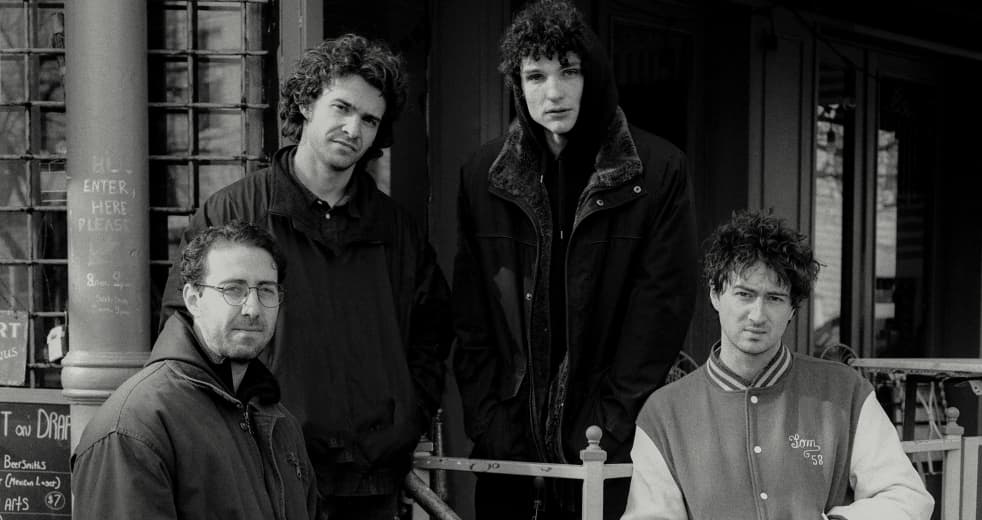How Blue Jays’ Max Scherzer keeps evolving late in career
Max Scherzer, now at age 40, is still an effective starter at the highest level. How is he doing it? By perpetually evolving.

Every pitcher that makes it to the majors is an outlier. The best athlete from their high school; the most naturally talented kid on their travel ball team; the standout of their college program. And even among the top 0.01 per cent who reach MLB and stick around for a while, outliers exist, too.
They look like Max Scherzer. A dominant ace whose consistency, durability, and combination of innings-hauling quantity and offence-suppressing quality is seldom seen in the modern game.
A 17-season veteran only 122 innings shy of 3,000, 102 strikeouts from the sport’s all-time top 10, and likely one of the final pitchers in history to reach 200 wins (at 153, Gerrit Cole is the lone other with a realistic shot).
A living legend who’s made a start opposite Jamie Moyer, doubled off Randy Johnson, shared a triple-A clubhouse with Trot Nixon, pitched at Shea Stadium, and struck out Carlos Delgado, Chipper Jones, Manny Ramirez, and Vladimir Guerrero Sr.
A future first-ballot hall-of-famer who, after agreeing to a one-year, $15.5-million contract with the Toronto Blue Jays last week, will be older than half his new team’s 12-person coaching staff.
He’s got some miles on him. And as one would expect of a pitcher who’s been at it this long, Scherzer lost his best fastball years ago. Throughout the 2010s it wasn’t unusual to see him reach back for 98-99 mph when he needed it. But he’s hit 98 only once since 2019 and 97 twice since 2021. In 2023 he hit 96 just seven times. The hardest pitch he threw last year was 95 during an injury-marred season in which his average velocity dipped to a career-low 92.5 mph.
And yet, when healthy, he’s still effective at the game’s highest level. Still capable of missing bats at a higher clip than most of the league. How is he doing it? With creativity, guile, and constant growth. By perpetually evolving. And for Scherzer, that begins with control and command.
We don’t think of him as a finesse pitcher — it’s an awkward label to put on a guy who’s worked in the mid-90s with a nearly 30 per cent career strikeout rate. But the consistency with which he’s landed pitches where he wants them, quickly identifying and executing in-game mechanical adjustments to maintain that accuracy, is the root of all he’s accomplished.
Modern pitch tracking has greatly aided our understanding of that ability. We’ll never be able to measure intent. But where traditional stats such as strikeout, walk, and strike rate merely weed out the pitchers we’d never consider command-and-control artists in the first place, contemporary ones such as edge rate — the percentage of pitches located within a baseball’s width of the strike zone’s borders — get us closer to identifying who’s truly hitting their spots.
Scherzer’s been remarkably consistent in that category for some time. Each season from the beginning of the Statcast era in 2015 through 2022, his edge rate fell within a 41-43 per cent band. That isn’t elite. But it’s difference-making when you have Scherzer’s stuff, aggressiveness, and ability to get hitters to chase pitches off the plate.
And as his raw pitch metrics have declined, his location has improved, mitigating any loss of effectiveness. During his last full season in 2023, Scherzer’s edge rate was 44 per cent — a top-30 mark. And across nine starts last year, it was 47.5 per cent — sixth-highest among the 446 pitchers to face at least 150 batters.
Combine that proven command with a skilled receiver (Statcast graded Alejandro Kirk as the fourth-best pitch framer in the game last season), plus a reputation bias encouraging umpires to award Scherzer borderline pitches, and hitters know they must enter plate appearances ready to swing. This puts Scherzer in the driver’s seat, steering hitters towards offering at unideal pitches to hit.
To wit — Scherzer’s induced swing rates above 50 per cent every season since 2015, a span in which the league average was 47 per cent. His overall 51.9 per cent swing rate over that decade is a 97th percentile mark. Only 15 qualified pitchers had swing rates above 50 per cent last season; only nine did in 2023.
It’s merely one reason why, among over 150 qualified starters since 2019, only one — George Kirby, by a whole half a percentage point — has a higher first-pitch strike rate than Scherzer. In more ways than one, Scherzer is continually working ahead.
Highest first-pitch strike rate among SP, 2019-2024
MLB average: 61.3%
|
1. |
George Kirby |
67.7% |
|
2. |
Max Scherzer |
67.2% |
|
3. |
Clayton Kershaw |
67.0% |
|
4. |
Miles Mikolas |
66.9% |
|
5. |
Aaron Nola |
65.8% |
These craftiness measures can help pitchers alleviate the effects of an inevitable loss of velocity and stuff as they age. As does implementing more funk and deception in their deliveries — something Scherzer, with his uncommon three-quarters arm angle and slight crossfire action, was already doing a decade ago.
Another ploy is deepening the repertoire. Scherzer’s new teammates provide telling examples. The quality of Chris Bassitt’s arsenal isn’t overpowering but the quantity is overwhelming. Kevin Gausman hasn’t been toying with a slider and sinker because he’s bored. There’s a reason the Blue Jays keep trying to get Jose Berrios to develop a cutter for lefties. Once the league has seen you enough times, you need to learn some new tricks.
And Scherzer began that process before Berrios even made his MLB debut, picking up a curveball and cutter as his career progressed while never sacrificing the effectiveness of his fastball, slider, or changeup. In 2023, his age-38 season, all five of Scherzer’s pitches graded fringe-average-to-above in both of FanGraphs’ pitch models, Stuff+ and PitchingBot. His location and command scores on each pitch were all above average, too.
We first saw Scherzer’s cutter as early as 2010, but he wasn’t using it as anything more than a surprise pitch until midway through 2017, as he was on his way to winning a second consecutive Cy Young award. That’s when he began incorporating it as an even- or leverage-count pitch against lefties, particularly when he had two strikes.
Two things were working against Scherzer at the time. His top-end fastball velocity was diminishing while league-average velocity was increasing, meaning hitters were growing better accustomed to beating hard pitches to spots in the zone. This was particularly a problem for Scherzer against lefties, who could hang out over the plate looking for fastballs. He needed something firm moving to his glove side that he could jam them with.
Demonstrating his ability to execute cutters on the inside edge backed lefties off the plate and reopened real estate to Scherzer’s arm-side for fastballs and changeups. That his cutter tunnels so well off his heater and slider isn’t an accident. As he slowly lost the ability to out-stuff hitters, it became increasingly important that he put enough variety in his data to keep them from sitting on something.
Or, in turn, to give him enough variety to fool them when they were. It isn’t hard to find recent examples of Scherzer getting lefties to misjudge cutters by country miles. Even, as poor Spencer Horwitz demonstrates at the end of this package, ones that literally hit them:
After lefties hit .229/.307/.419 against him in 2016 and ’17 — still well below average for lefties against righties at the time — those rates plummeted to .197/.262/.347 in 2018 thanks to Scherzer’s new cutter. You can argue that 2018 was actually the best season of his prime. He just doesn’t have a Cy Young award on his mantle to commemorate it.
And he’s continued refining the pitch. Models loved it in 2024, with Stuff+ grading it as 21 per cent better than a league-average cutter. It ranked within the 95th percentile of the 277 big-leaguers (minimum 10 IP) to throw a cutter last season.
Now, Scherzer’s base approach against righties is well-established and one that’s proven effective throughout his late 30s. Hard fastballs and tight sliders tunnelled off one another with a sprinkling of changeups running arm-side down-and-in.
He can attack the outside edge fastball-slider-fastball as he did here against Yadier Molina:
Or he can put it in reverse and go slider-fastball-slider in the same lane like with this sequence vs. Nick Castellanos:
He can dot fastballs on both edges of the plate, as he does here against Alec Bohm:
And when he’s got his changeup working off those two pitches, such as in this fastball-slider-changeup sequence on an inside lane to Sean Murphy, it’s game over:
Yet, in 2012, as Scherzer began having issues turning over lefty-laden lineups two or three times, he began developing a curveball to give himself a weapon that dropped down in the zone, creating separation from the rest of his repertoire and opening new lanes to attack the opposite side of the platoon.
And over the years, as right-handed hitters began closing the gap with Scherzer, he started showing them curveballs, too. His slider was still overwhelming. But you know what’s better than one breaking ball? Two.
What started as purely a show-me pitch has progressively become one he can use to steal first-pitch strikes and switch up sequences his second or third trip through. And he’s leaned on it more than ever over the last two seasons to both sides of the platoon:
That Scherzer underwent these adjustments while he was a perennial Cy Young candidate is what differentiates him. He didn’t wait around for a six-start stretch getting his brains beaten in to change something. He never stopped seeking new ways to exploit an opponent’s weaknesses, confuse their timing, and differ from the sequences he’d shown them prior.
This is where Scherzer’s legendary cognitive skills come into play. We all see his intensity and relentlessness in the short window of time he’s competing on the mound. What we don’t see is how he applies those same attributes to the much longer stretches spent preparing, crushing video, studying data, and crafting game plans for each outing.
As athletes age, physical deterioration is inescapable. But mental lapses are preventable. And much of what’s allowed Scherzer to remain effective late into a nearly 3,000-inning career has been a commitment to the acumen and guile that’s kept him perpetually ahead of hitters that are only getting better.
One way of illustrating this: Scherzer’s 24.5 per cent in-zone whiff rate since 2015 leads all qualified MLB starters. Cy Young winners Jacob deGrom and Chris Sale rank second and third. Fewer than 20 starters have in-zone whiff rates above 20 per cent over that decade, and it’s a who’s who of elite pitchers — Luis Castillo, Dylan Cease, Gerrit Cole, Shohei Ohtani, Tarik Skubal, Blake Snell, Justin Verlander.
And as he’s aged, Scherzer hasn’t lost much of that uncommon ability to miss bats in the zone. His in-zone whiff rate since he turned 36 in 2021 is 22.6 per cent. Even in his calamitous 2024 it was up over 20. He may not throw as hard or with as much movement as he used to. But that hasn’t been enough to level the playing field with hitters regularly turning right when Scherzer goes left:
He shouldn’t still be able to do that at his age. He’s carried an immense workload over the last 17 years. He’s provided troves of data and tape along the way. His peak velocity, his best bite — long gone. Today’s hitters are worlds better than the ones he faced in the late 2000s. They have suites of modern technology, resources, and methods to help prepare them for the task of hitting against Scherzer.
And he’s still ahead, forever evolving. One of the best to ever do it. An outlier among outliers.





















